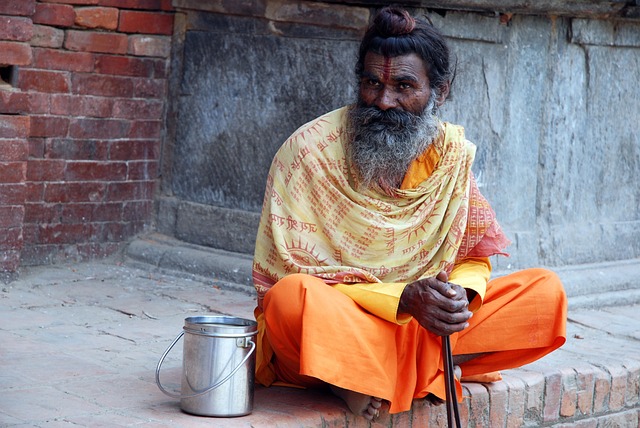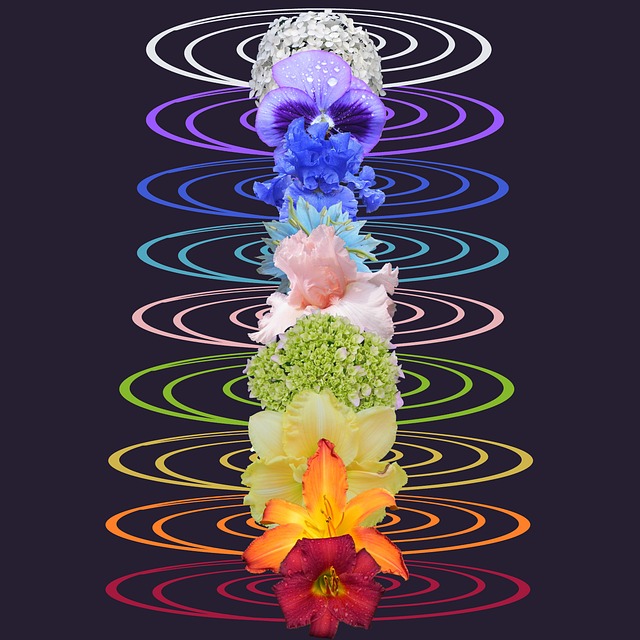
What is enlightenment
Yoga’s origins can be traced back to the Indus Valley Civilization around 3000 BC. It served as a spiritual and physical discipline in the pursuit of spiritual enlightenment and self-realization. Some of the earliest known texts that discuss Yoga include the Vedas, Upanishads, and the Bhagavad Gita. I have read the Bhagavad Gita more than once because it was required to get my level I certification, and I highly recommend it. I have also read some of the Puranas in the Upanishads and part of the Four Vedas, and they are absolutely captivating, to say the least.
According to the masters of Yoga, enlightenment is a process of transcendence, where one doesn’t discard but goes beyond the various limitations of both physical and mental phenomena. These various limitations were often associated with the little I, or the little self, which abides in the mind. And this is where the concept of the chakras comes in.
The early Yogis who brought the practice of Yoga here in the West knew very well that the vastness of the Universal plan was beyond our comprehension as human beings. They knew that the causes of things, the sources of things, were never immediately available to us, as there is a dark wall that separates the known from the unknown. The nature of the manifesting world and the manifesting power is eternally elusive. They also knew that no part could ever know all. Therefore, if there is an all-knowing presence in existence anywhere, that all-knowing reposes in the all-being.
So, through vigorous practice and discipline, they came to realize that the path to finding some answers to the unknown was to go inward. They explained that the chakras were nothing but different levels of mental functioning. And the consciousness functions through all these seats or centers. Below the heart, we find more sensual thoughts, and above it, we find spiritual thoughts, but they are still thoughts. The most enlightened state, according to the yogis, is when purity has no animosity against impurity. If purity has a dislike where’s impurity, it is no more purity.
Desires & Samskaras

Here in the West, we often associate knowledge with education. We think knowledge is attainable through books, newspapers, public schools, etc. Yet we are all aware, at least to some degree, that outward facts must be inwardly applied, as well as inward facts must be outwardly applied. In fact, Yogis believed that true knowledge has to have a dimension of experience. It cannot truly exist apart from a certain participation in what we turn into facts, and this participation means the inclusion of a dimension of internal activity.
As mentioned previously, when it comes to enlightenment, transcendence also means ceasing to identify with the physical body and the different levels of mental phenomena. Now, we are all different, and our limitations will obviously not look the same. The little I, the egoistic self as described by the yogis, has a lot of Samskaras. I have spoken about the Samskaras in other posts, or you can check out my book, which is available on Kindle and Amazon.
Samskaras are mental impressions that have frozen throughout time. In psychology, these are our core wounds, unmet needs, and limiting beliefs about ourselves and the world around us that we have created since childhood. We all carry these impressions, and most people are not aware of this dimension of the self. They can be binding or liberating, but they are both Samskaras. In the Upanishads, even the desire to get liberated is a bondage. If there is desire, we are still functioning within the mind.
Even though one is desiring liberation, they are still in the clutches of the mind. Now, we are speaking of ultimate enlightened states here, but as far as I can tell, to get rid of any desire, one has to get out of the mind and operate through the heart first. It may sound like a bold statement, but it is through the heart and the highest form of love, selfless love, that one can liberate oneself of desire. It is through this highest form of love that we can also overcome some of our deepest fears. I love you selflessly. Therefore, my love is greater than my fear, and I transcend my fear because your happiness and well-being matter more. This is what is meant by going beyond egoic desire.

The chakras | Enlightenment
The example I gave above is more romantic in nature, and obviously, not all wounds or fears can be transcended in that way. But most of our core wounds and unmet needs do reflect a distorted understanding and experience of love, a conditional love, and it can be a great tool for self-reflection and self-analysis. So, essentially, according to the yogis, it is our desires that bind us. In a way, our past impressions, present desires, and future thoughts all function through the chakras.
But not all desires are unnecessary. It is through our discernment, likes, and dislikes that we apply a higher desire to work through and get rid of lower desires, and along with the old dirt, lower desires, so do our higher desires get washed out, too. So, as we activate our higher chakras, we are rising above the lower chakras. Then, even the higher chakras are to be transcended.
Because higher faculties may develop when we consciously work through the chakras, they can boost our ego, and we can become stuck in the clutches of a spiritual Ego. In fact, I often cringe at Spiritual gurus as they get stranded in those chakras, and while they declare how great they are on different platforms, only the term itself, at this point, gives me the ick. The true initiate and devotee knows that it is not even themselves who awaken these chakras, but they awaken themselves without even us knowing it.
We don’t focus on acquiring more siddhis (powers) because our focus lies on attaining true enlightenment in whatever form comes. We are humble enough to operate through the heart rather than the mind. In fact, Raja Yoga barely mentions the kundalini and the chakras. Also, the simpler your practice, the better, say the yogis. You don’t need ten different pranayama techniques and all kinds of intricate practices to reach enlightenment, as long as you are disciplined in keeping the body clean as well as the mind.

